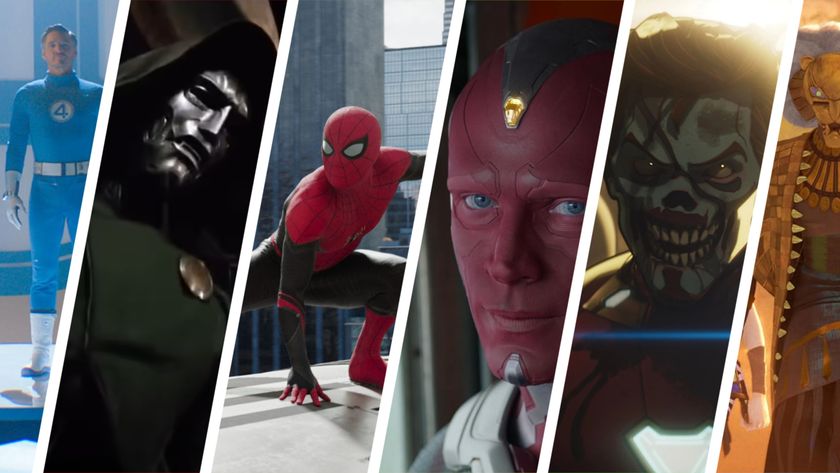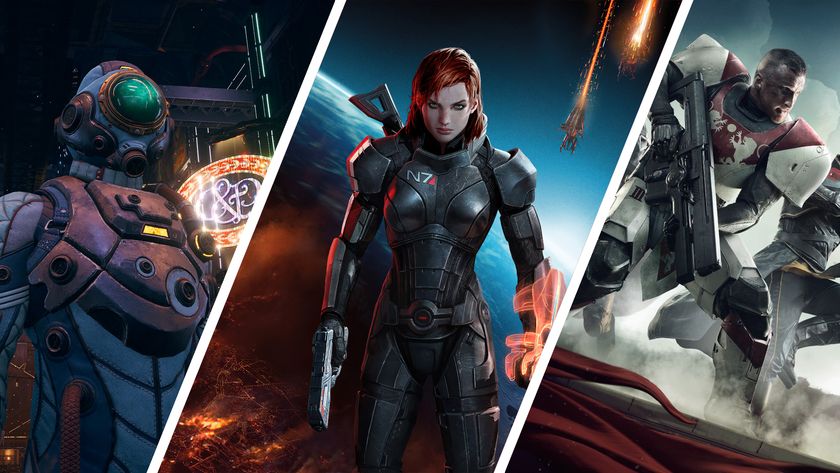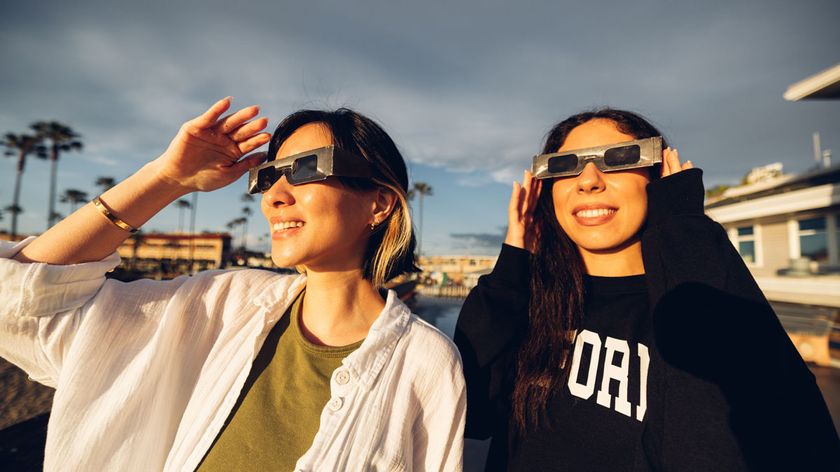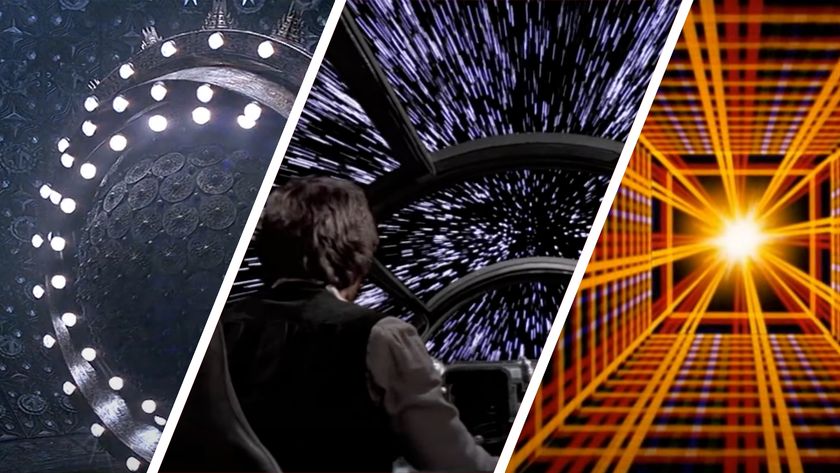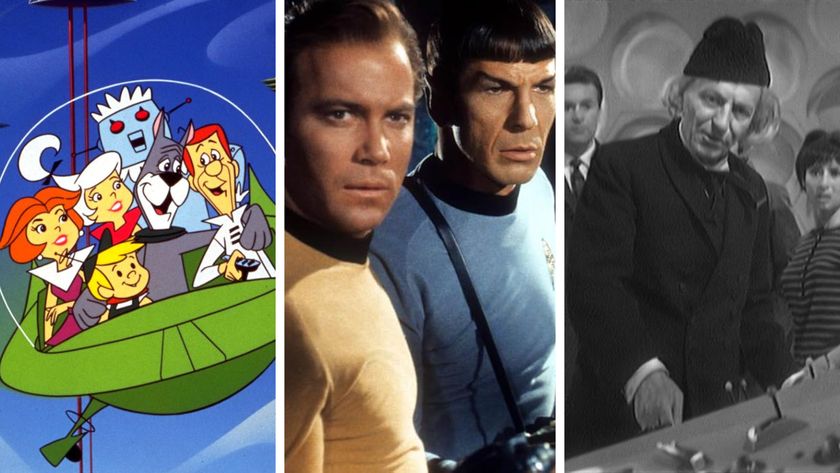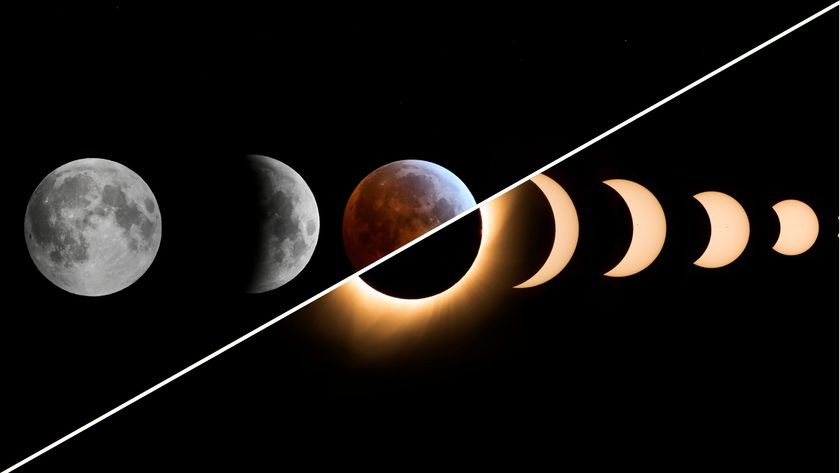SpaceShipTwo: A flight path to space tourism
SpaceShipTwo is Virgin Galactic's spacecraft designed to take tourists to space.
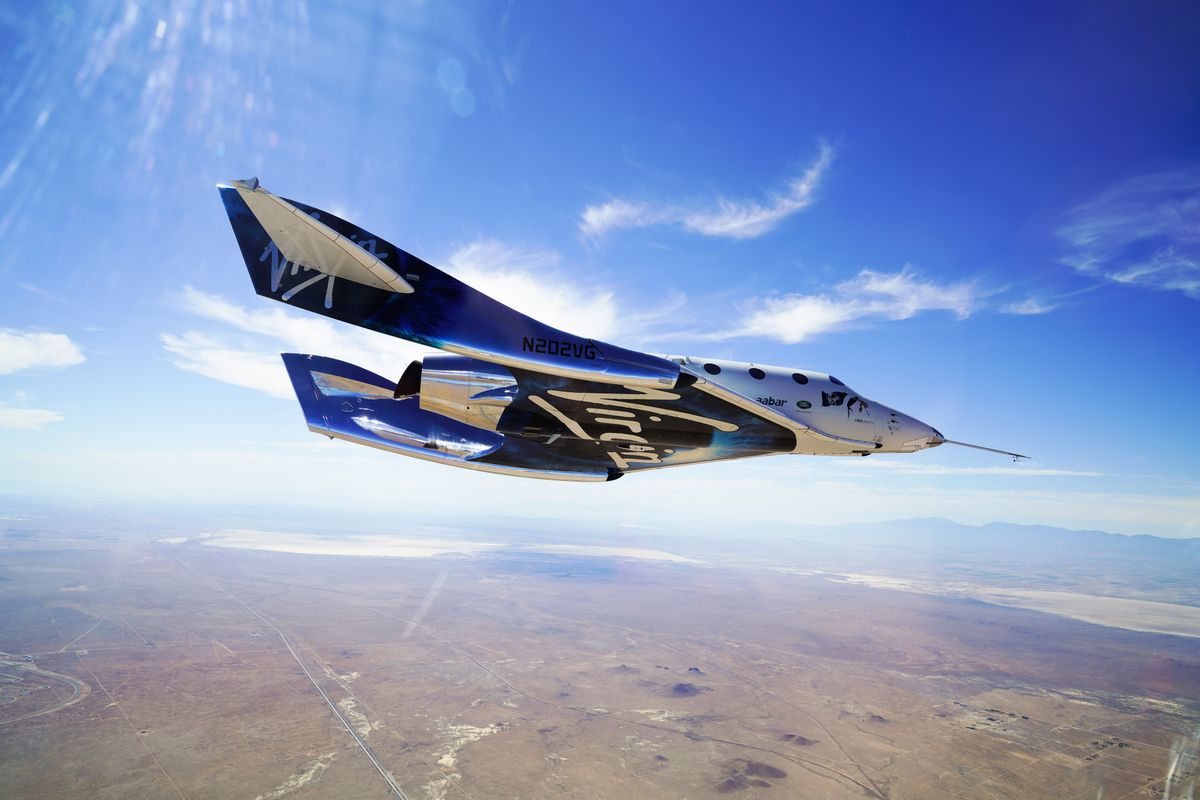
SpaceShipTwo is a spacecraft designed to take tourists on brief trips to suborbital space. Manufactured by Virgin Galactic sister company, The Spaceship Company, the vehicle is currently in the testing stage. In 2004, Virgin Galactic founder Richard Branson predicted that commercial flights would begin in 2007, but they are now expected to begin in 2022.
So far, the spacecraft's most notable milestone was flying beyond the boundary of the U.S. Air Force's definition of space on Dec. 3, 2018, reaching an altitude of 51.4 miles (82.7 kilometers).
The technology behind SpaceShipTwo was forged in competition for the $10 million Ansari X Prize, which was created to spur the development of private spaceflight. After the space ship's predecessor, SpaceShipOne, won the prize in 2004, two companies — Scaled Composites and Virgin Galactic — merged to form The Spaceship Company. The goal of this new firm was to commercialize spaceflight technology. In 2012, Virgin Galactic bought out Scaled Composites, gaining full ownership of the venture.
While SpaceShipTwo prototypes have now completed a number of glides and engine-powered test flights, developing SpaceshipTwo has come with its share of setbacks and tragedies.
From the X Prize to first ticket sales
SpaceShipTwo's ancestor, SpaceShipOne, was designed with the goal of winning the $10 million Ansari X Prize by becoming the first privately-funded vehicle to fly to space and back twice within a two-week span. The craft was manufactured by Mojave Aerospace Ventures, a firm led by famed aerospace designer Burt Rutan and Microsoft co-founder Paul Allen.
In 2004, SpaceShipOne launched beneath a carrier aircraft, WhiteKnightOne. The vehicle then separated from the carrier and rocketed to 62.5 miles (100 km) in altitude, becoming the first privately funded crewed spacecraft to breach the Kármán line — the internationally accepted definition of the space boundary that sits at 62 miles (100 km) up.
Just before the spacecraft won the X Prize that year, Virgin Galactic's Richard Branson announced that he would work with Scaled Composites to manufacture a commercial version of the craft that would take tourists to suborbital space; development then began on SpaceShipTwo.
Tickets for a seat on the commercial spacecraft initially cost $200,000 each. That price later rose to $250,000.

Spacecraft development and setbacks
In December 2005, the state of New Mexico took on Virgin Galactic as the anchor tenant at Spaceport America, a taxpayer-funded, $225 million facility. Virgin Galactic established its global headquarters and spaceflight operations there.
The company rolled out several construction milestones in the next year, but the momentum halted in 2007 after a fatal fire during a routine ground test killed three Scaled Composites employees. The accident sent shockwaves through the company and the commercial spaceflight community. In addition to the fatalities, multiple employees were injured during the test. As a result, work was suspended as the company investigated the cause of the accident.
In July 2008, Virgin Galactic held a major launch event to showcase WhiteKnightTwo, a dual-fuselage carrier aircraft with four jet engines which would carry SpaceShipTwo into the sky. The first WhiteKnightTwo, Eve, completed its first successful test flight before the end of 2008.
The first SpaceShipTwo, VSS Enterprise, was unveiled in December 2009; it was named after the famous "Star Trek" spacecraft, the USS Enterprise. (The first NASA space shuttle was also named Enterprise; it was only used for glide tests and never made it into space.)
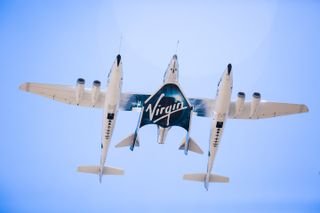
Crewed test flights of VSS Enterprise began in July 2010. Two years later, in late 2012, the company successfully completed a major glide test. Then the first rocket-powered test flight took place in April 2013.
On Oct. 31, 2014, the vehicle broke apart during its fourth powered test flight, killing copilot Michael Alsbury and injuring pilot Peter Siebold. A crash investigation led by the National Transportation Safety Board indicated that the feathering re-entry system was deployed too early during the flight. The system's design was changed in the next SpaceShipTwo prototype, VSS Unity.
VSS Unity's first glide flight was on Dec. 3, 2016, and less than two years later, on April 5, 2018, the craft flew with engine power for the first time. On Dec. 13, 2018 SpaceShipTwo soared beyond the space boundary, at least according to the U.S. Air Force's definition, and repeated the feat on Feb. 22, 2019. As of 2021, Unity has yet to reach above the Kármán line.
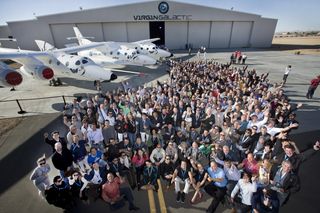
How commercial flights will work
When it begins commercial flights, SpaceShipTwo will carry six passengers and fly to 50,000 feet (15,240 meters) in altitude while attached to the bottom of WhiteKnightTwo. The craft will then separate for the trip into space by firing its engines for about 70 seconds and then shutting them off for the final coast up to 62 miles (100 km) above Earth. The passengers will feel weightless for about 5 minutes, Virgin Galactic representatives said. Next, SpaceShipTwo will turn back to Earth and "feather" its rudders, turning them up to 90 degrees to increase drag and control the movement of the spacecraft.
At 70,000 feet (21,336 m), the spaceship will have enough air around it to move the rudders back to a configuration that allows for gliding during its descent. It will then land on Earth on a regular aviation runway.
The lengthy delay of the first commercial flights (Branson initially said the spacecraft would carry tourists in 2007) has caused some ticket holders to ask for refunds, but the vast majority still eagerly await the experience to visit space. Industry watchers have applauded Virgin's patient approach.
"They're taking the time necessary to make sure the vehicles are as safe as they possibly can be before they take paying customers up," John Gedmark, executive director of the Commercial Spaceflight Federation, told Space.com in 2011. "There's never going to be such a thing as perfectly safe spaceflight, but they're going to get as safe as they possibly can."
SpaceShip III, the next iteration of Virgin Galactic’s spacecraft, was announced on Feb. 25, 2021. According to the company, they will develop the new craft alongside the last phases of testing and the beginning of tourist flights on SpaceShipTwo, which are expected to begin in early 2022.
Additional resources
- Learn more at Virgin Galactic's official webpage.
- Interested in purchasing a ticket to space? Put your name on the waiting list.
- Watch: Richard Branson's update on SpaceShipTwo test flights.
This article was updated on Mar. 31, 2021 by Space.com Reference Editor Vicky Stein.
Join our Space Forums to keep talking space on the latest missions, night sky and more! And if you have a news tip, correction or comment, let us know at: community@space.com.
Get the Space.com Newsletter
Breaking space news, the latest updates on rocket launches, skywatching events and more!

Elizabeth Howell (she/her), Ph.D., was a staff writer in the spaceflight channel between 2022 and 2024 specializing in Canadian space news. She was contributing writer for Space.com for 10 years from 2012 to 2024. Elizabeth's reporting includes multiple exclusives with the White House, leading world coverage about a lost-and-found space tomato on the International Space Station, witnessing five human spaceflight launches on two continents, flying parabolic, working inside a spacesuit, and participating in a simulated Mars mission. Her latest book, "Why Am I Taller?" (ECW Press, 2022) is co-written with astronaut Dave Williams.





